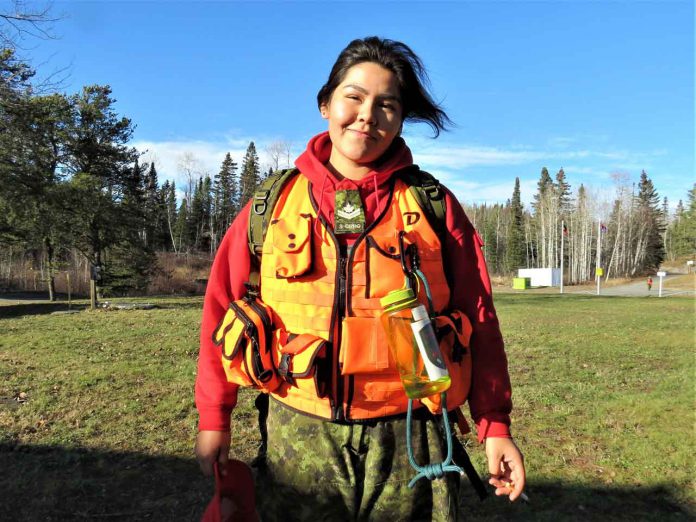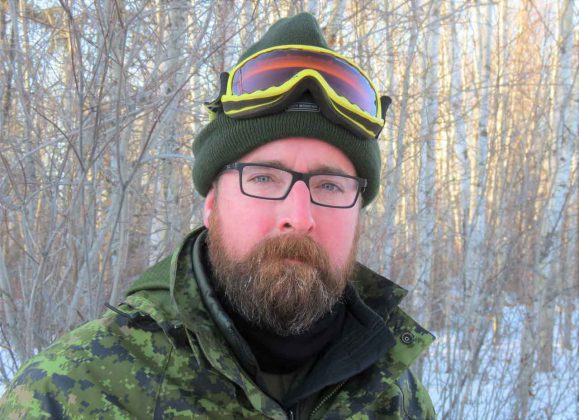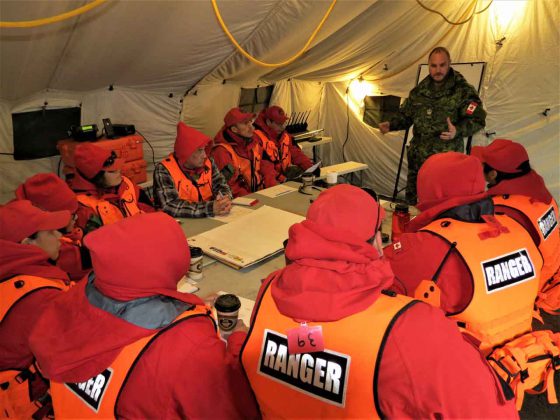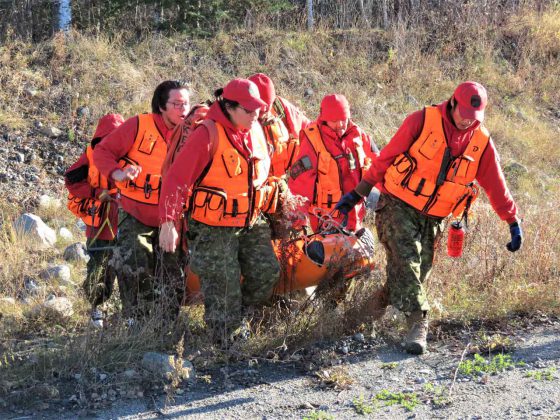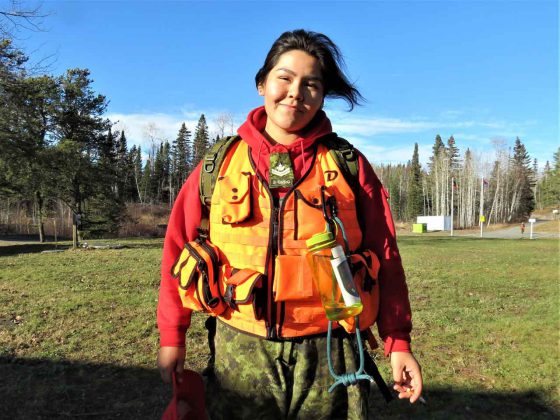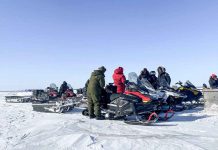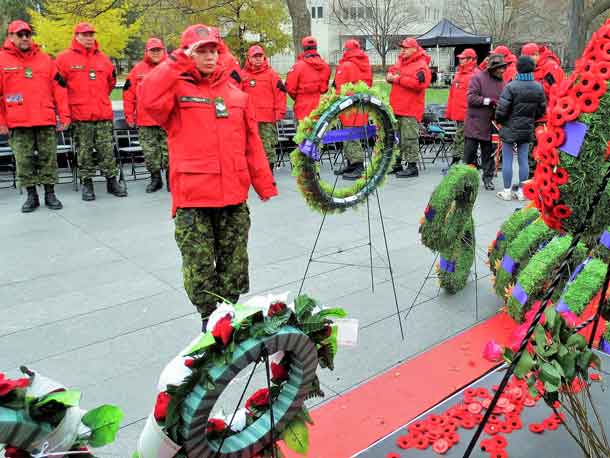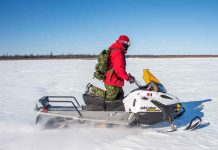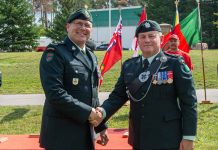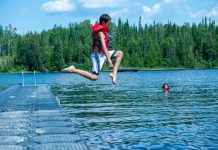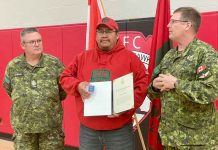Canadian Rangers from 16 First Nations from across the Far North of Ontario have completed a challenging course that taught leadership as well as a range of skills for search and rescue.
“The purpose of the training was focused on leadership,” said Major Charles Ohlke of the Canadian Army. “They are going back to their communities with some planning tools in their toolbox that will enable them to react to any situation with a sound plan of action.”
The training took place at the Ontario Ministry of Natural Resources and Forestry forward fire attack base at Rinker Lake, 110 kilometers north of Thunder Bay.
It involved classroom instruction as well as in the surrounding bush, in both daylight and at night. They learned how to run a command post during an emergency, build an emergency landing zone for a helicopter to use during the day or at night, and how to deal with an emergency involving mass casualties.
The Rangers are part-time army reservists who provide a military presence in the Far North of Ontario. They respond to a variety of emergencies, including searches, plane crashes, forest fires, and floods.
“It was a good course,” Major Ohlke said. “The Rangers worked hard and learned a lot. One of the great strengths of the exercise was the Rangers learned from Rangers from other communities who had different experience backgrounds. They learned a lot from each other.”
“It’s been fun but difficult at the same time,” said Master Corporal Lilly Kejick of Pikangikum First Nation. “It’s something I’ve never done before. I’ve learned stuff I never knew I could do. I’m going to be able to take that back to Pikangikum and pass it on to the other Rangers.”
A highlight of the course was a day-long exercise in which the Rangers had to search for six missing teenagers who had gone into the bush to hunt partridge, got separated, and suffered injuries that immobilized them. The role of the partridge hunters was played by Junior Canadian Rangers attending Dennis Franklin Cromarty High School in Thunder Bay.
The Rangers had to organize their searches. When they found the Junior Rangers they had to treat their simulated injuries, such as broken legs or ankles, and carry them out of the bush on stretchers.
“It was very interesting and an opportunity to practice what they’ve been teaching us,” Master Corporal Kejick said. “The army instructors have been really good.”
Junior Ranger Jazzdon Munroe of North Caribou Lake First Nation was one of the high school students who took part in the field exercise. “I came for the experience and to get to meet some new people and get some new knowledge,” he said, “and that’s what I’ve done. I’m glad I came out for this.”
(Sergeant Peter Moon is the public affairs officer for the 3rd Canadian Ranger Patrol Group at Canadian Forces Base Borden.)

